The best global online marketplaces for small and medium businesses
It is little question that the COVID-19 crisis has dramatically heightened the dynamics within the online business landscape across the globe as it significantly expanded the world of these types of businesses in terms of varieties of shops, products, services, and consumer groups. Furthermore, online shops in many countries have somewhat made a transition from luxury goods and services to everyday necessities like groceries and daily supplies, relevant to a large number of consumers.
As cities remain under lockdowns, nonessential businesses continue to stay shut and folks are generally avoiding public places. Limiting shopping for all but necessary essentials is one in all the many significant changes people have learned to adapt to living in the New Normal. In this regard, businesses have also made the effort to adapt and be flexible to fulfill these changing needs.
To keep up with the growing trend of online shopping, more and more companies have decided to get into the digital platform of marketplaces with the aim of accelerating profits while staying cost-efficient.
A marketplace is an online platform where sellers gather to showcase their products or services to a systematized customer base. It brings together vendors and customers to engage in business in a multi-vendor digital space.
Certainly, compared to a physical store, you can significantly trim down on management costs such as rent, bills, and employees in the marketplace. Normally grueling tasks like billing, shipments, orders, turn into a breeze because they run directly through the online platform. Not to mention the perks of being able to expand your market and reach more potential customers while offering competitive prices and tracking your visitors by observing their demographics and behavior.
Although it may seem like the sky's the limit for the advantages of hopping into the marketplace bandwagon, it is important to keep in mind that opening an online shop is not in itself a guarantee of success. Managing it efficiently requires time, effort, investment, and keen attention to detail for the creation and management of marketing activities to promote your shop.
To be as profitable as possible on these platforms, the first step is to identify the most effective online marketplaces for your brand as each one has its own unique requirements, target audience, product categories, and costs (commission fee, VAT, account processing fee, etc.) Most online marketplaces will ask you to comply with the following basic requirements: customer/seller account, government ID, tax information, phone number, and the bank account where you can receive the income from your sales.
To be able to make the right decision, you’ll want to grasp the different strategies for selling on marketplaces, which ones hold the foremost promise for your products, and what you need to do to ensure a smooth start.
Here are the best global and regional marketplaces that work in many countries for you to explore.
Amazon
Amazon is second to none in the business being the most popular online marketplace with about 5 million sellers worldwide and a quarter of a billion online buyers in the US alone. This site pulls in nearly 6 billion visits per month. Although it is easily accessed by small, medium, and large businesses; its highly competitive environment makes it somehow challenging to stand out from among thousands of products of the same category.
To start your online shop on Amazon, you can either use your customer account or create an Amazon seller account using your business email.
Just like other marketplaces, there is a designated fee depending on the plan you avail. With the Individual plan, you’ll pay $0.99 every time you sell an item, while the Professional plan will cost you $39.99 per month regardless of how many items you sell. Amazon collects a referral fee on each sale but this varies on the product category. Most fees are between 8% to 15% of the total transaction. The Individual plan is recommended for businesses that sell fewer than 40 units a month or those that do not plan to advertise their products and use the advanced settings tool.
There are also fees if you use the Fulfillment by Amazon (FBA) feature which includes packing your orders, shipping and handling, customer service, and product returns. However, you may also fulfill your orders yourself.
eBay
eBay comes after Amazon with a whopping visit record of 1.6 billion this year. It is best known for popularizing the approach of buying and selling through bids as it started out as a second-hand goods marketplace and website for auctions. Today, it is one of the most trusted online marketplaces in the arena.
eBay gets more reviews and ratings where 1 of every 3 clients leaves a review. This is because the marketplace automatically invites the buyer to leave an opinion, once they make a purchase. This system encourages better reviews and feedback that will be highly beneficial to the promotion of your product and shop.
In addition, eBay sellers receive daily transactions with a more profitable percentage, unlike other marketplaces with longer payment periods and higher fees. eBay also supports payment with PayPal and is usually appreciated by customers who are hesitant to provide their bank details online.
After making a seller’s account on eBay, you’ll have to pay an insertion fee which is the amount charged for listing an item. Sellers with a basic eBay account get 100 zero insertion fees each month for most categories. After exceeding that allowance, each additional item that you list is subject to a fee of $.30.
At the end of a transaction when a sale has been made, sellers are charged with a final value fee. It is a percentage based on the purchase price of an item, including shipping and handling. Sellers with a basic eBay account pay a 10% final value fee for most items.
Aliexpress
Aliexpress, an online retail service owned by the business giant, the Alibaba group made its mark after eBay with over 639.1 million visitors this year.
If you are all about the reselling game then this must be the marketplace for you. Aliexpress takes pride in its dropshipping feature which makes it easier for their large number of resellers to find products and sell them in their stores without fussing over inventory and shipping. All you have to do is add the products to your online shop, mark up the price, and pay for the product at wholesale cost whenever you receive an order. Aliexpress then saves you the hassle by shipping it directly to your customers.
Setting up your online shop on this platform is relatively easy and convenient because you only have to pay the Annual AliExpress seller fee which is based on your product category. It is usually between 5% to 8%. To make things better, the annual payment gets marked down by 50% or more if you reach a specific sales quantity.
The world is your playground in this marketplace as it allows you to do business in countries such as Austria, Belgium, Cyprus, Germany, Estonia, Finland, France, Spain, Slovakia, Slovenia, Ireland, Italy, Greece, Latvia, Lithuania, Luxembourg, the Netherlands, Malta, and Portugal.
Rakuten
Rakuten is crowned as the “Amazon of Japan” which offers e-commerce, digital content and communication services to over a billion active users. It has 44,000 sellers, 1.3 billion members on the site from across 30 countries and regions worldwide.
Rakuten is an invitation-only marketplace. Therefore, merchants need to get approval before they can start their business on the platform. To set up your shop here, you will need an account on the Rakuten seller portal. You need to have your brand name and a unique manufacturer ID. After screening & confirmation, you may list your products in one of four ways: RMS web tool, FTP feeds. Open API or Third-party integration. Rakuten will charge you an individual listing fee of 99 cents for each listing, a monthly account fee of $39 per month and a category-based commission fee.
A special feature of this marketplace empowers sellers to personalize and customize their brand’s identity with their own storefronts and also own their policies.
JD.com
JD.com is China’s largest online retailer, biggest overall retailer, as well as the country’s biggest Internet company by revenue with over 318.2 million visitors this year. Launched in October 2010, this marketplace thrives in technology, electronics, and general merchandise market which consists of audio, video, and books. To ensure the highest quality of products and service, this marketplace controls the number of sellers by using its direct sales teams to recruit merchants to use its platform. They have a variety of monitoring methods in their platform that can prevent suspicious products or sellers.
JD.com is usually partnered with local and global brands who want to target Chinese consumers while also providing an array of services including marketing, consumer targeting, big-data-driven analytics, logistics and warehousing, and financing. The company also uses traditional media and internet advertising to increase awareness for third-party vendors.
Etsy
Etsy is the handpicked choice of creative minds and artists. It is the hub for handmade or vintage items or arts and crafts supplies. It is the ideal platform that will help you convert your creative ideas into an effective money-making solution. This year, Etsy garnered 266.3 million visitors on their site with 44.20 million active patrons worldwide shopping for unique finds.
With a listing fee of $0.20 per item, it gives their sellers their personal space to showcase their items just like how it is in a traditional craft fair. In addition to this, an Etsy seller pays 5% of the final value sale for each completed transaction. Unless someone buys the products, the listings will stay on the shop's page for a maximum of 4 months.
Mercado Libre
Mercado Libre If you are eyeing the Latin America region as your target market, then there is no better tool for you than Mercado Libre. It is the most popular e-retail store in the region and the fourth most visited retail website in the world. The platform operates in 19 countries of the region, including Mexico, Argentina, Brazil, Colombia, and Chile.
Although the listing option is free on Mercado Libre for all sellers, they charge 16% of the product value every time a product is sold. If you operate in Mexico, this fee accounts for 17.5%.
One perk of this platform is that when you provide customers with a free shipping option, MercadoLibre covers a certain percentage of the shipping cost. The marketplace considers your reputation as a seller when it computes the amount of shipping cost it covers. Here, your reputation plays a major role in how your products rank on this platform.
You may also want to keep in mind that you can add an unlimited number of products to MercadoLibre since it does not have a limit on SKU. However, if you are a new seller and the marketplace has not verified your account yet, you are only allowed 1000 SKUs.
Best Buy
Best Buy is the number one marketplace of consumer technology in Canada with about 280 million visits to its site each year and making a whopping $4 billion in annual revenue. Best Buy caters to Canadian shoppers who often must rely on international e-commerce sites to purchase goods, which results in increased prices and longer shipping times. It is the hub for luggage and fitness equipment and it offers a wide array of baby goods and baby gear among other categories.
Setting up your online store here is free of charge. To sign up, simply fill up their seller account form with your details and contact information. Their Business Development will evaluate and process your request. All transactions are paid through Electronic Funds Transfer within 10 days of being confirmed after shipped by sellers.
Since 20% of all transactions are made on the French site, keep in mind that it is a missed opportunity for sellers not to provide French content alongside English.
Shopee
Shopee With over 260.3 million visitors on their site this year, Shopee is fighting head to head with Lazada to dominate the biggest market share in Southeast Asia. It is a mobile-only platform where reviews and ratings play very important factors in how to make your business succeed. Shopee doesn’t charge sellers with a commission fee or listing fee, and the transaction fee is just 1.5%, thus making it ideal for testing out the market in the region. Their most popular product categories include fashion, home and living, and beauty among hundreds of many others.
To become a seller, you just need to fill up the registration form. Once you receive the approval, the next step is to download the app. Start by uploading pictures of your products. Like most platforms, the key to successful selling on Shopee is to provide plenty of high-quality product images and full product information. Don’t forget to add hashtags to make it easier for customers to find you on other social media sites. It’s important to take your time in studying the local shopping trends. Also, because literally, anybody can be a seller on Shopee, it’s crucial to provide excellent customer service so that you get plenty of high ratings.
Lazada
Lazada is the second leading online business platform in Southeast Asia with its steady 25.6 million visitors per month on average. An e-commerce site that needs no instructions, it is the one-stop-shop for most online shoppers in the region with over 300 million SKUs in all product categories. A special feature of this platform that makes it appealing to its patrons is the Cash on Delivery (CoD) mode of payment. This feature is especially alluring in places like the Philippines where there is low bank penetration.
Just like other marketplace platforms, Lazada charges its sellers with a commission fee. In addition to this, there will be taxes charged depending on the country where the business is based in order to legally operate and distribute their products. The commission fee may range from 1% to 4% of the total sales value depending on the product category.
Jumia
Jumia known as the “Amazon of Africa” is the largest online marketplace in the region with 31.8 million visits per month. It has websites localized to 11 different African countries, and six countries each provide more than one million visits per month. These countries are: Egypt, Morocco, Kenya, Tunisia, Ghana and Algeria. It also provides logistics services, similar to Amazon FBA, to sellers on its marketplace.
Businesses outside Africa who are interested in selling on this platform should be brand owners or authorized resellers. They have a program called “Shipped from Overseas” or “Jumia Global” that provides access to the marketplace for foreign businesses.
Jumia is the African online hub for products and services ranging from retail, food, talent recruitment, concierge and the hotel and catering industries. Jumia has also been providing employment for many Africans who are qualified in areas such as Engineering, IT and online marketing and web development.
Fruugo
Fruugo is the leading marketplace platform in Europe and it sells millions of products in 46 countries, 28 languages and 22 currencies making it easy for companies to start rapidly in the 46 countries where they operate, with minimal risk and investment. With over 25 million active users, it provides translation, customer service, marketing and foreign exchange – so the seller only needs to fulfill the order. What’s great about this is that it operates with hundreds of retailers on a no-sale, no-fee basis.
It is a requirement to be either the brand owner or authorized to sell the brand for UK businesses to start up here. This e-commerce marketplace offers products related to categories like Sports and Fitness, Beauty and Health, Articles of clothing, Home Improvements, and Furniture, Toys and Video Games.
Thanks to immense technological breakthroughs like online marketplaces, the world has become your playground and the potential of your business is boundless. We hope this article has helped you discover the promises online marketplaces have to offer in the Digital Age. Please feel free to leave us a comment below. We would love to hear feedbacks from our readers.
-
 3
3



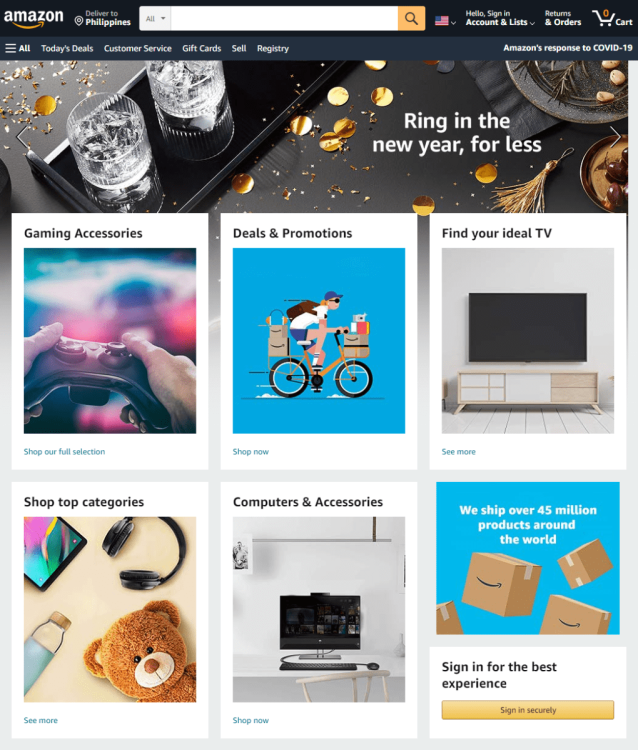
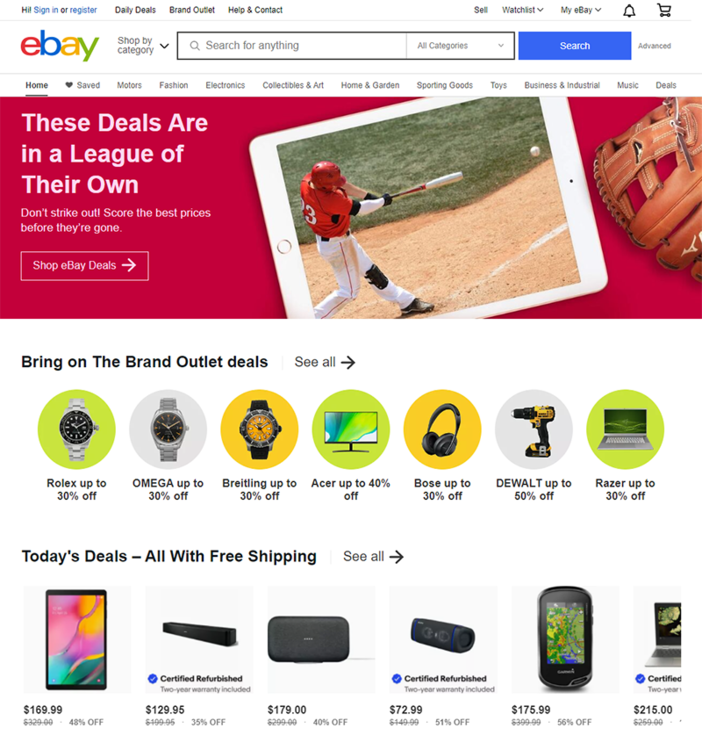
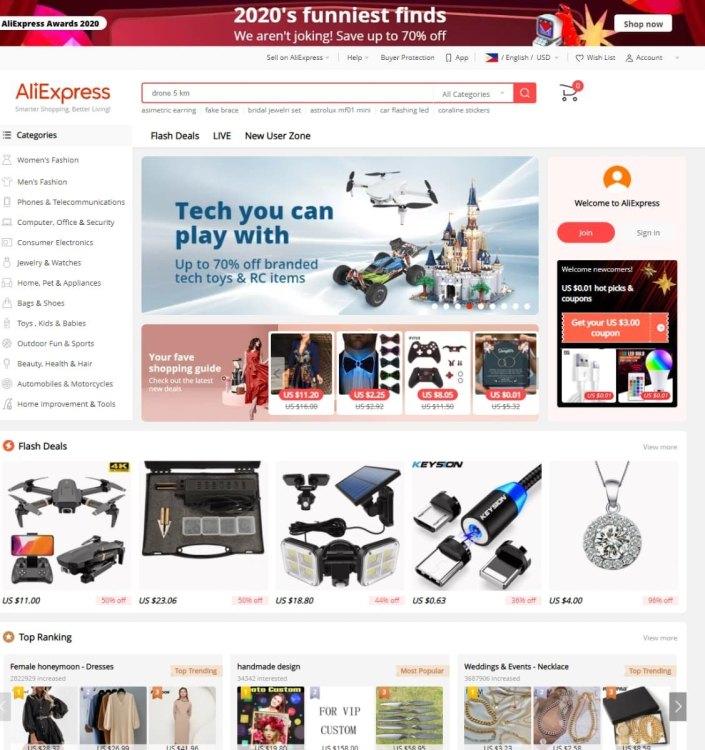
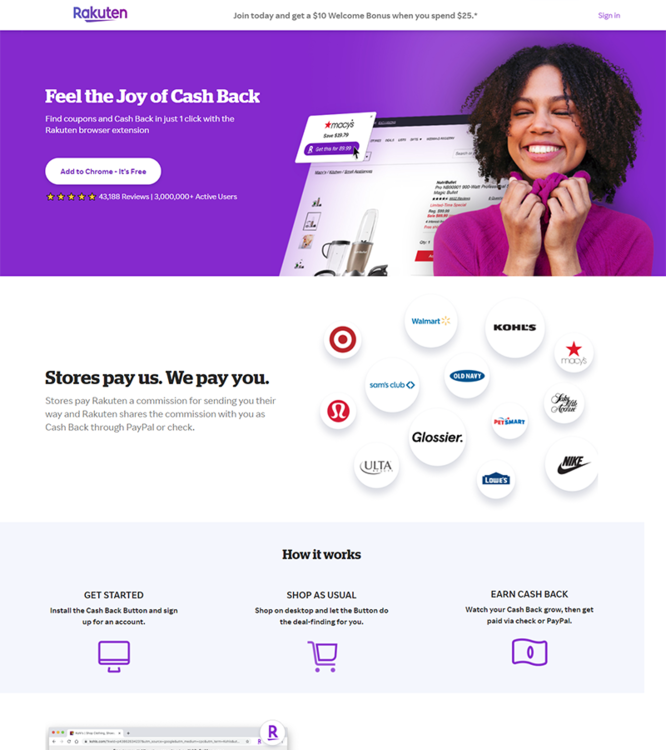
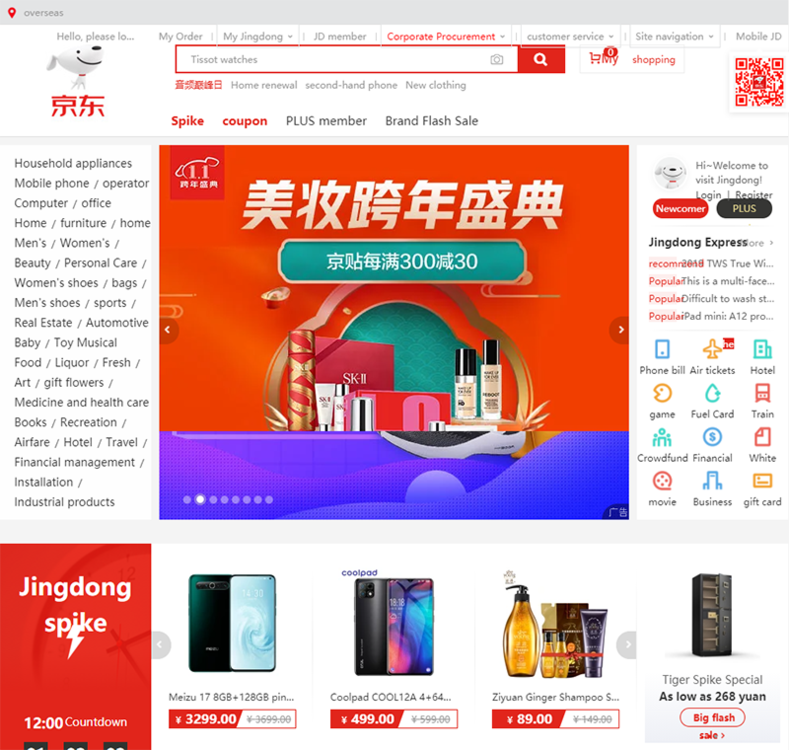
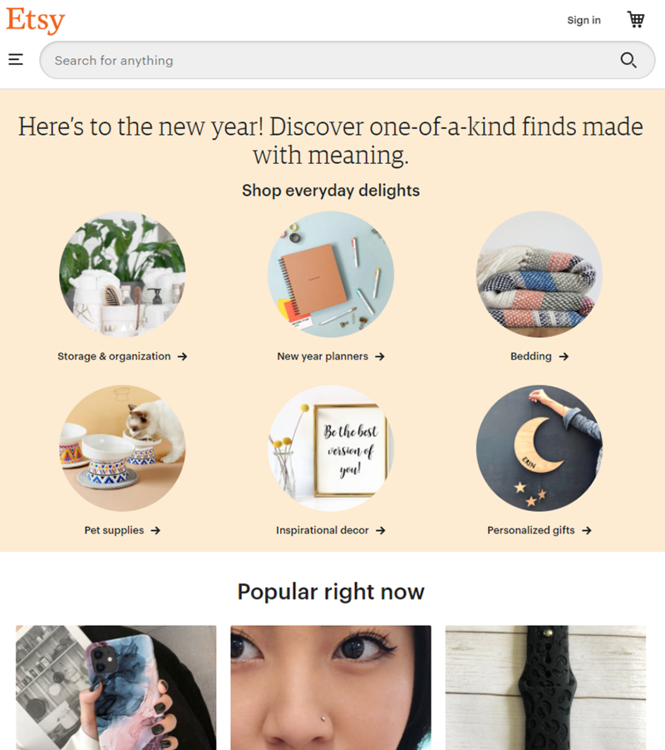
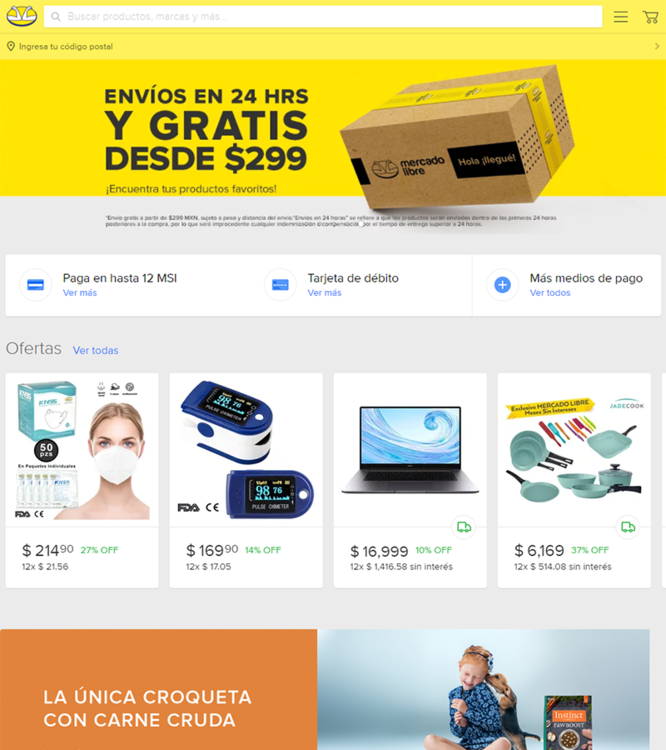
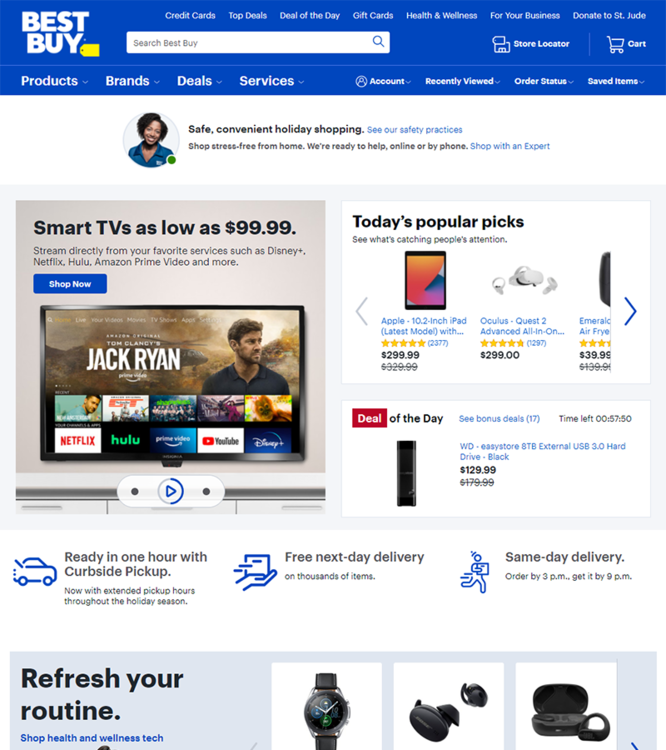
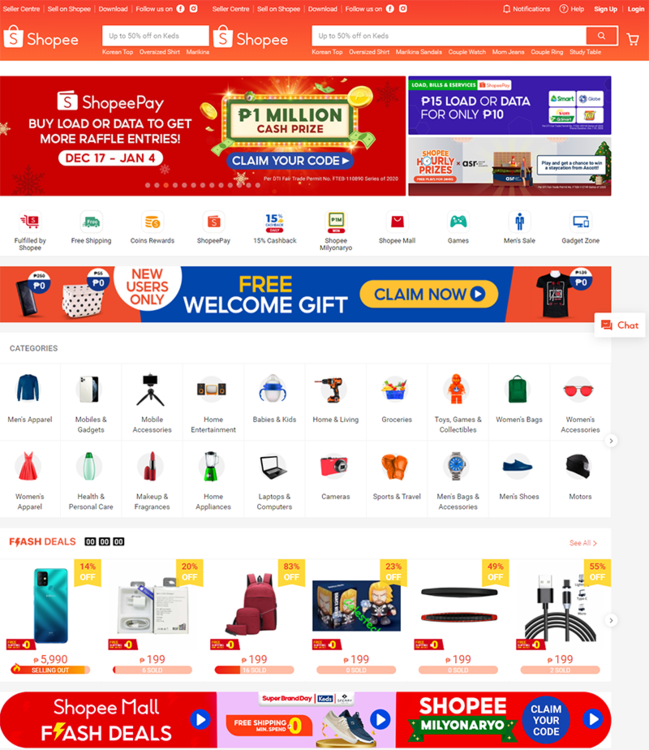

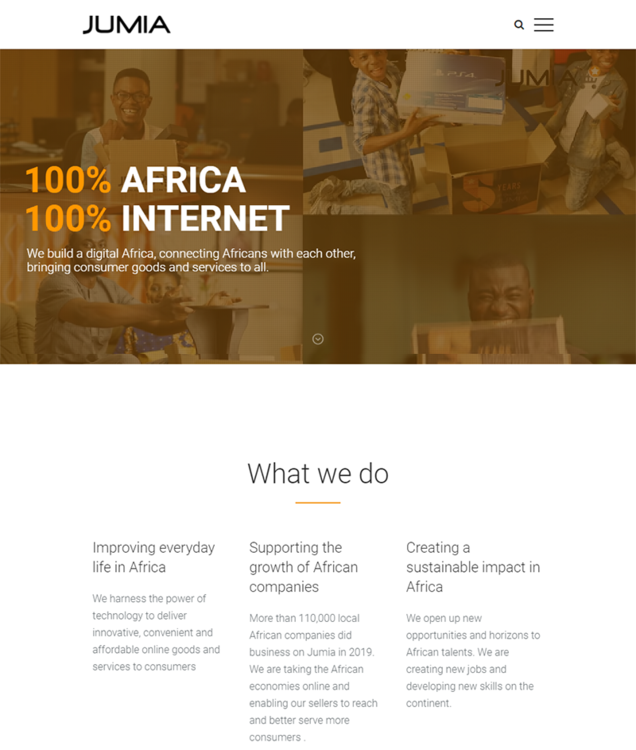
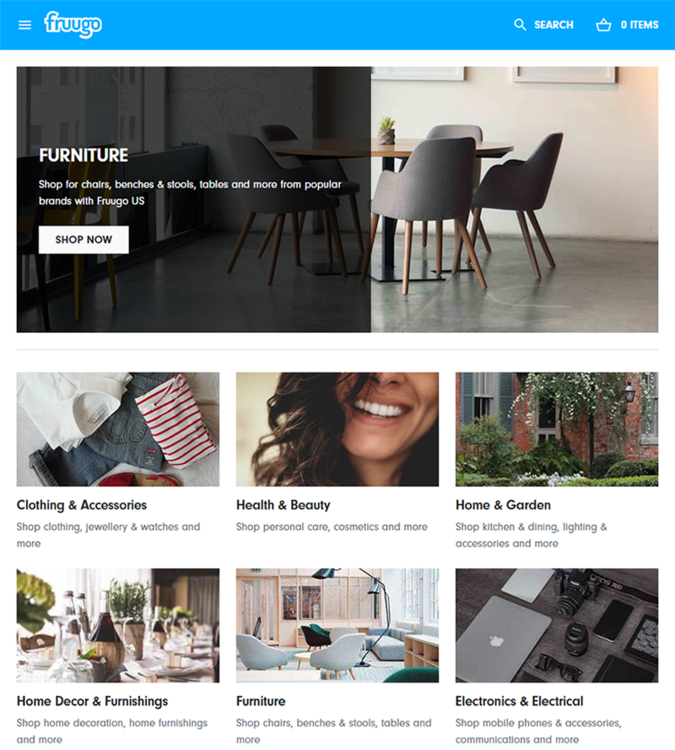

0 Comments
Recommended Comments
There are no comments to display.
Please sign in to comment
You will be able to leave a comment after signing in
Sign In Now